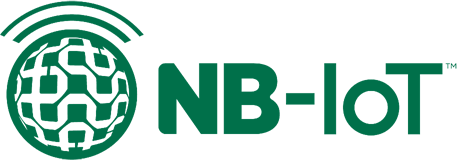Enter a product part number, or a portion of a part number.


Murata x ST x AVSystem Murata x ST x AVSystem
Effortlessly and securely connect your smart devices leveraging Cellular IoT technology and LwM2M Protocol with Murata, ST and AVSystem End-to-End solution
[Cellular IoT Technology + LwM2M Protocol]
End-to-End Solution
Overview
Why Cellular IoT
(LTE-M & NB-IoT)?
LTE Cat. M1 is a licensed standard that requires a license to use the radio frequency band. It is ideal for cases whereby IoT needs to minimize costs and power consumption even if speeds are slow. LTE Cat. M1 is particularly suitable for mobile communications, such as when devices are moving, and because it uses licensed bands, radio interference is less likely to occur, and speeds are faster, allowing it to be used for wearable devices in IoT and other applications.
"NB" is an abbreviation for "Narrow Band." These modules can easily run on less power than LTE modules. These modules are expected to be used for IoT solutions that require low power consumption, and are suitable for environments where batteries are not easily replaceable or where a commercial power supply is unavailable, such as smart meters and other remote medical examinations, crop growth management, alarm notifications for security devices, and detection of anomalies when disasters occur. They are also expected to be used for predictive maintenance of public infrastructure and similar applications.
Example of Applications using Cellular IoT:
Flick scroll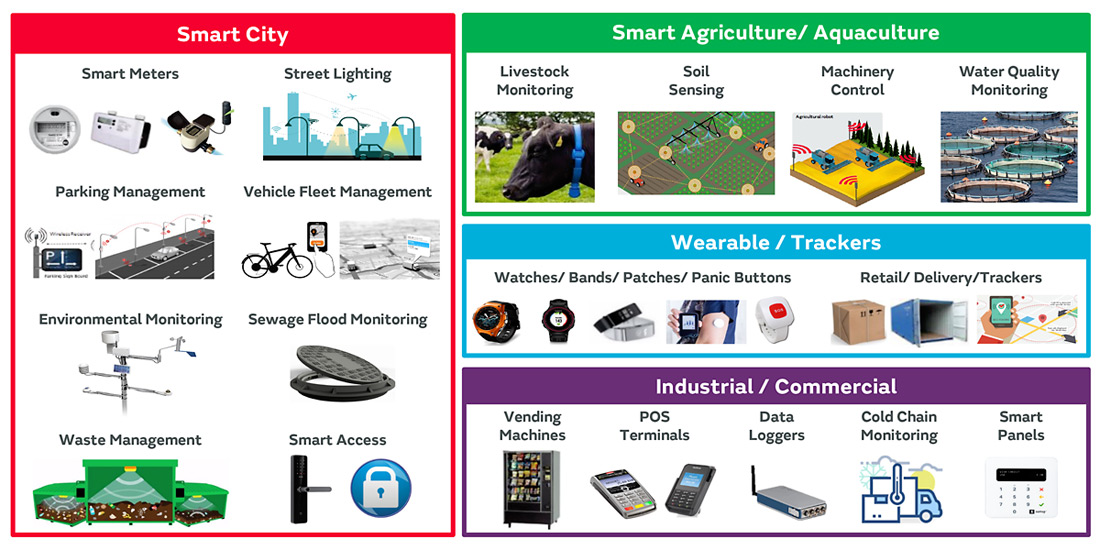
To learn more:
- Murata's compact LPWA modules for Cat. M1 (LTE-M) and NB-IoT achieve the world's lowest power consumption. Learn more

- NB-IoT modules can easily run on less power than LTE modules. Find out
 why they are suitable for IoT solutions that require low power consumption.
why they are suitable for IoT solutions that require low power consumption.
Why LwM2M?

Lightweight M2M (LwM2M) is a standard created by OMA SpecWorks in 2017 that specifies device management, telemetry and service enablement mechanisms designed initially for devices that have limited processing and storage capabilities (commonly referred to as resource constrained devices). It is based on UDP/TCP data transport protocols and uses a standardized data mode to exchange of information between device and platform divided into three object levels: Object, Object Instance and Resource. Each object is assigned a unique ID, which is then combined to form a path and a CoAP URL.
The technology functions very well over potentially unstable and low bandwidth networks such as cellular as well as LPWA radio networks. Besides LwM2M protocol helps to minimize the energy related to the initial connection and data transport, allowing to increase battery life for battery operated IoT devices, providing a single-step commissioning and easy bootstrapping. It can also be used for device management such as over-the-air update, as well as offers lightweight security options such as Oscore.
To learn more:
- How does LwM2M actually work? Access to the crash course here

- Additionally, learn more
 about LwM2M's protocol and its benefits.
about LwM2M's protocol and its benefits.
Why Murata, ST & AVSystem?

-
About Murata:
Murata Manufacturing Co., Ltd. is a worldwide leader in the design, manufacture and sale of ceramic-based passive electronic components & solutions, communication modules and power supply modules. Murata is committed to the development of advanced electronic materials and leading edge, multi-functional, high-density modules. The company has employees and manufacturing facilities throughout the world. For more information, visit Murata website
 .
. -
About ST:
At ST, we are 46,000 creators and makers of semiconductor technologies mastering the semiconductor supply chain with state-of-the-art manufacturing facilities. An independent device manufacturer, we work with more than 100,000 customers and thousands of partners to design and build products, solutions, and ecosystems that address their challenges and opportunities, and the need to support a more sustainable world. Our technologies enable smarter mobility, more efficient power and energy management, and the wide-scale deployment of the Internet of Things and 5G technology. Further information can be found on STMicroelectronics website
 .
. -
About AVSystem:
AVSystem is a vendor of Internet of Things and device management software present on the market since 2006. Our mission is to develop solutions that help enterprises create and manage ecosystems of connected devices. We offer platforms for device and network management, IoT application enablement, WiFi marketing and indoor location, as well as embedded tools. As market leaders in IoT device management, we manage millions of devices worldwide. We focus on scalable solutions based on standards such as LwM2M to help companies speed up the time to market of their IoT projects. Visit AVSystem website
 for more information.
for more information.
Solution
Type 1SE and Type 1SC Modules Introduction
Murata's lineup includes two LTE Cat-M1 and NB-IoT modules to easily bring cellular connectivity to your smart IoT device and scale your deployment globally.
Type 1SE
"All-in-One" module includes Type 1SC packaged with STMicro STM32L4 MCU and ST4SIM GSMA-certified eSIM. It is certified globally with the MVNO Truphone, bringing seamless connectivity in over 100 countries and includes a U.FL connector to just plug the antenna.
Type 1SC
A standalone modem based on Sony ALT1250 SoC and certified with Tier1 cellular network operators globally. It also supports GNSS (GPS, Glonass) & Polte for geolocation, OpenMCU and an integrated SIM (iSIM) as options.
-
LBAD0ZZ1SE
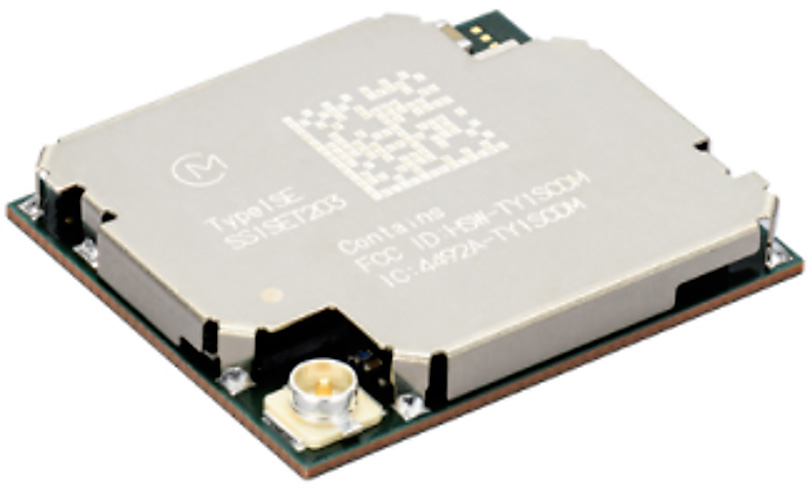
Type 1SE
The LBAD00ZZ1SE module is a dual-mode Cat. M1/NB-IoT module with built-in MCU from STMicro, MVNO-compatible eSIM, and antenna connector. It supports various certifications and is suitable for speeding up the development process. -
LBAD0XX1SC
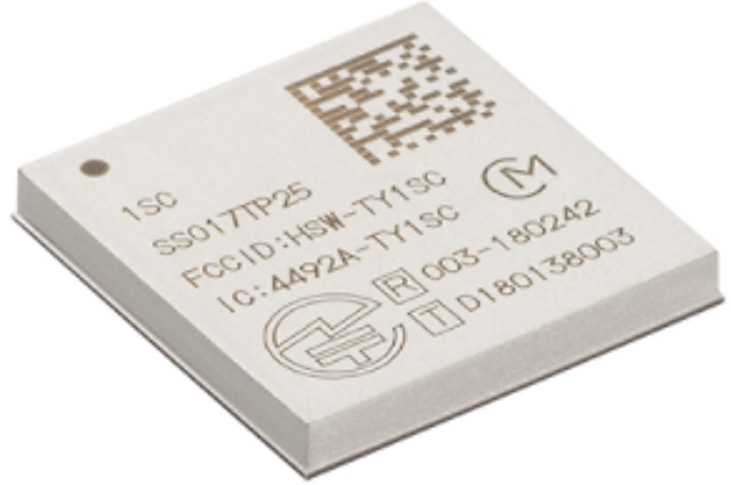
Type 1SC
The LBAD00XX1SC module is the world's smallest Cat. M1/NB-IoT module with global certification. It supports GPS/GNSS, OpenMCU, Integrated SIM.
Type 1SE is recommended for quicker Time-to-Market, simplifying both the HW and SW design with a guarantee of best performances. Indeed, main effort will be the Application development greatly simplified by the Software Development Kit (SDK) called X-CUBE-CELLULAR provided by ST. Learn more![]()
Type 1SC allows design customization, such as the selection of a specific external host MCU, or to leverage features such as geolocation, iSIM, etc. The mode of operation by default is to use an external host MCU by sending AT commands. However, it is also possible as an option to utilize the X-CUBE-CELLULAR SDK with an external host MCU from ST in order to simplify Application development.
Flick scroll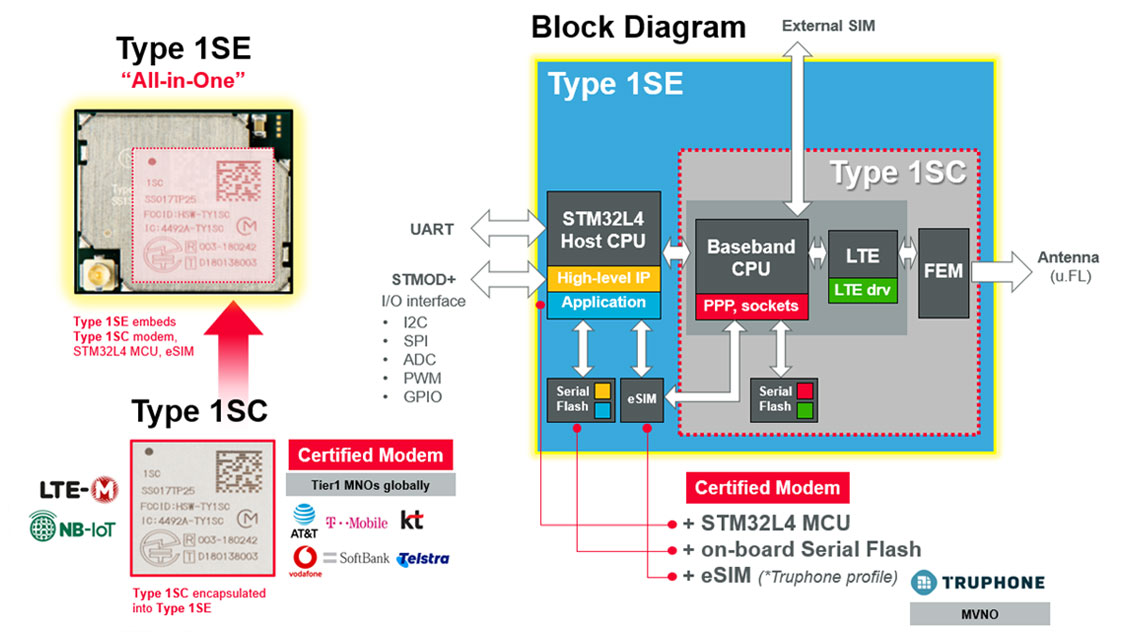
Both "Hostless" and "Hosted" design options are available to offer flexibility to define most suitable architecture for End Device requirements.
Flick scroll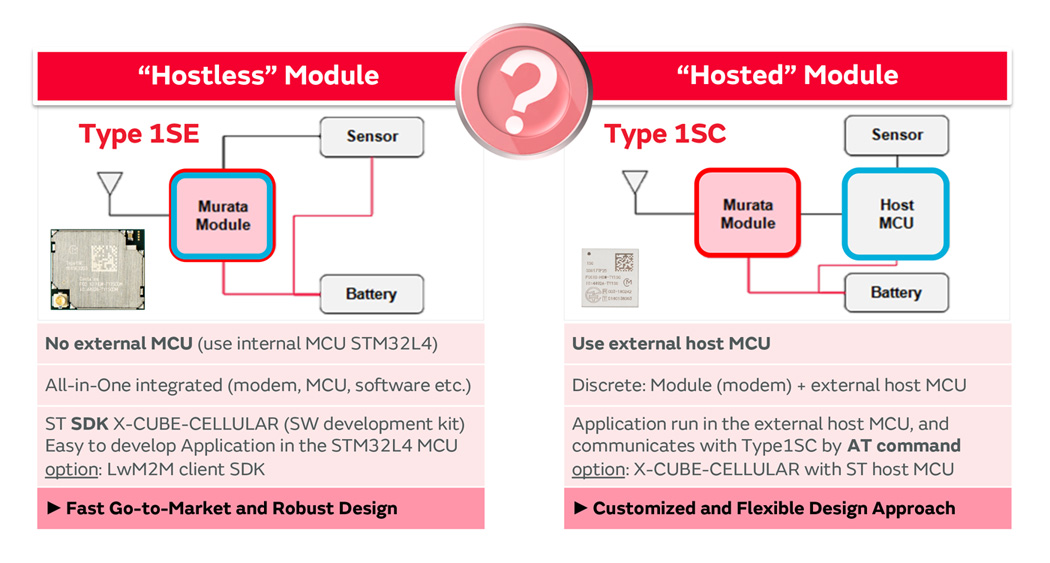
Leveraging LwM2M Protocol with
ST & AVSystem solutions
Product Development Model
Murata Type 1SE module, in collaboration with STMicro and AVSystem, can be leveraged to develop complete End-to-End IoT Solutions, speeding up time to market.
Flick scroll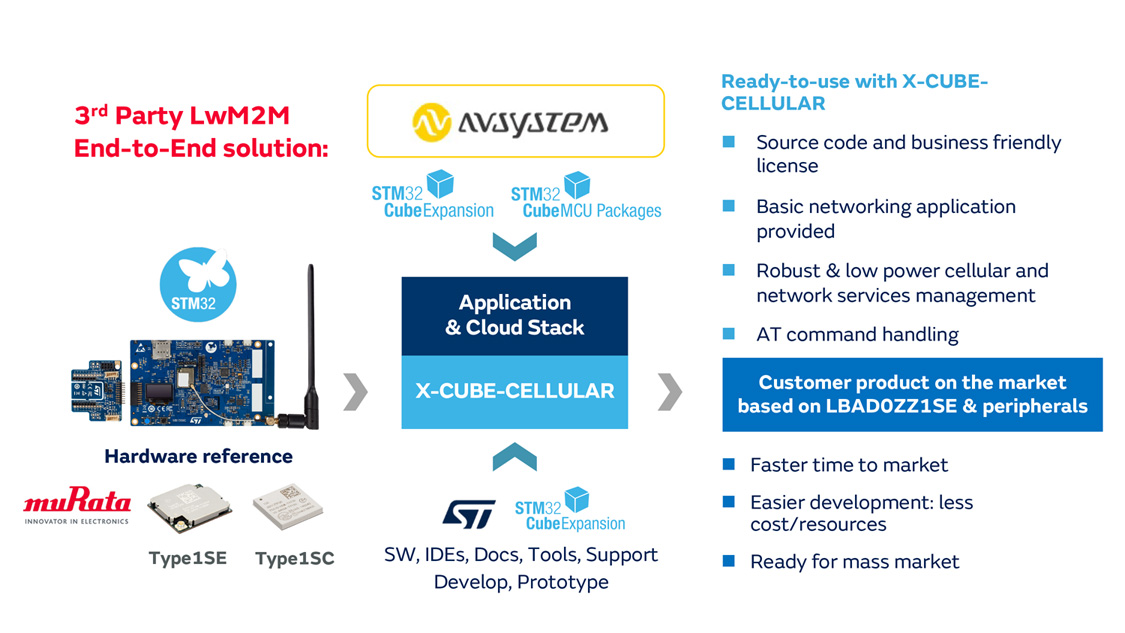
The solution utilises STMicro's X-CUBE-CELLULAR SDK and AVSystem's Anjay L2M2M Client SDK and Coiote IoT Device Management (DM) Platform to perform over-the-air update or access 3rd party cloud platform such as AWS or Azure.
Flick scroll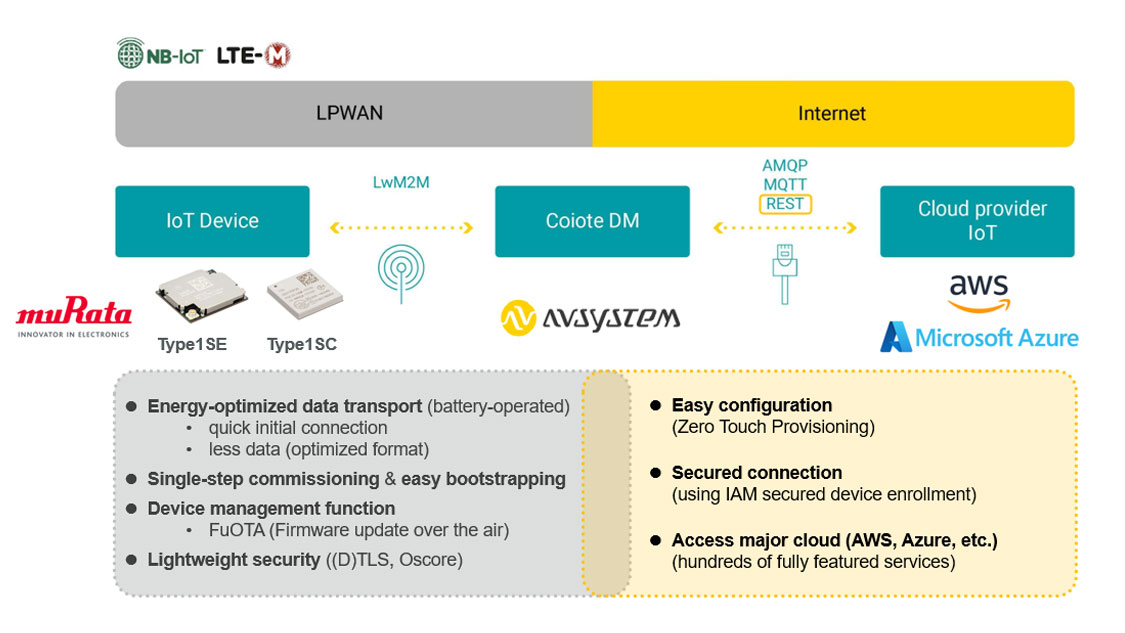
1. Creating an account to use the Coiote IoT DM platform
To use AVSystem 's Coiote IoT DM platform, you need to create a new user account first.
Click on the following link to sign up for free trial account here ![]()
2. LwM2M Client SDK(I - CUBE - Anjay)
3. Cloud Connectors (AWS, Microsoft Azure)
AVSystem 's Coiote IoT DM platform provides users a way to manage, control and monitor their devices. Not only that, Coiote DM is also the first IoT DM platform to offer both Amazon Web Service (AWS) IoT Core and Microsoft Azure IoT Hub/Central/DPS via Lightweight M2M (LwM2M).
3.1 AWS
To integrate with AWS IoT Core, follow the comprehensive documentations provided by AVSystem:
- AWS IoT Core Integration:
Explore the guide to learn how to integrate your IoT assets with the Coiote IoT Device Management platform.
the guide to learn how to integrate your IoT assets with the Coiote IoT Device Management platform.
Behind the scenes, the configuration between AWS IoT and CoioteDM has created a lambda function, a rules engine, the device shadows in AWS. It has also created the device tasks in CoioteDM to allow request from AWS. - How AWS integration works:
Learn how AWS integration works.
how AWS integration works.
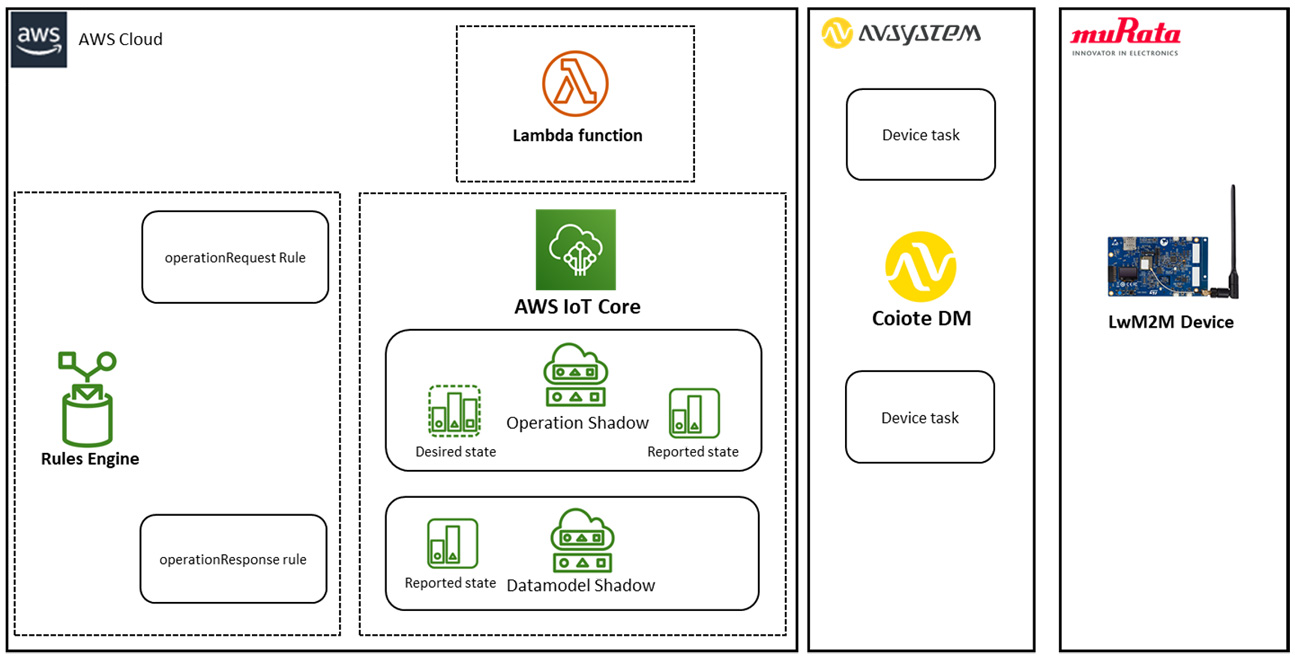
To manage your devices over AWS, LwM2M operations can be performed from either Coiote DM side or AWS IoT side using the Operation Shadow in Device Shadows. Check this link![]() to view an example on how to perform operations like READ, WRITE , OBSERVE, EXECUTE.
to view an example on how to perform operations like READ, WRITE , OBSERVE, EXECUTE.
READ Request
Flick scroll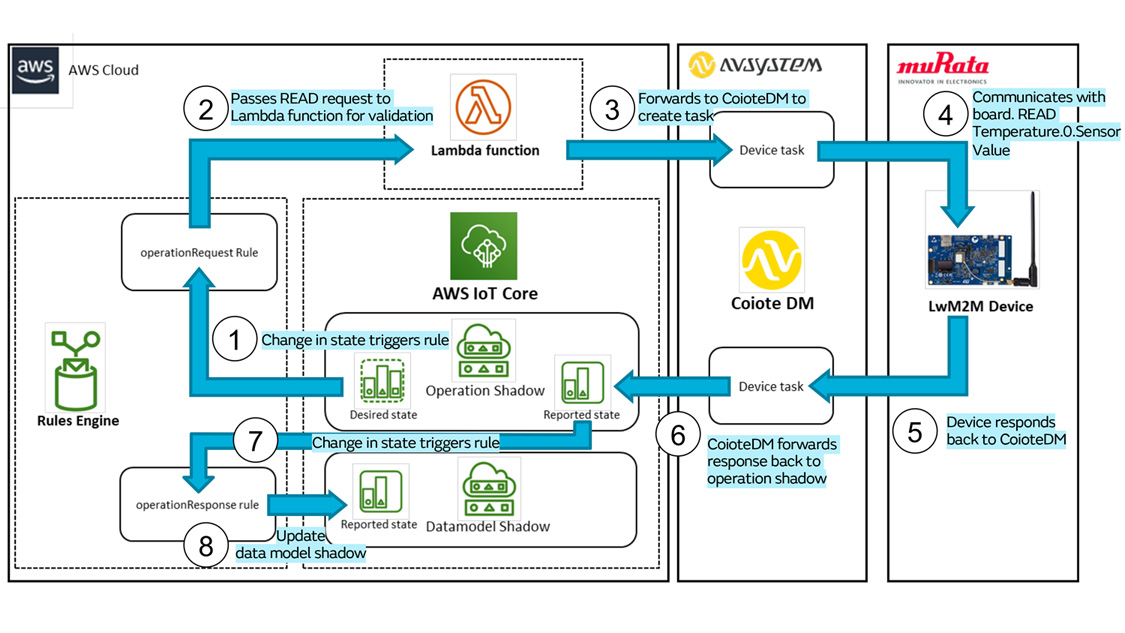
3.2 Microsoft Azure
To integrate with Microsoft Azure, note that users can choose to provision and synchronise their devices to either Azure IoT Hub or Azure IoT Hub with Device Provisioning Service (DPS) or Azure IoT Central.
How are they different? IoT Central is a fully managed (aPaaS) with ready made templates and services, for organisations to build their IoT solutions. On the other hand, IoT Hub (PaaS) is geared towards developers who want to customise and build their own IoT solution from scratch.
What about Azure DPS?
Azure IoT Hub Device Provisioning Service (DPS) is a helper service for Azure IoT Hub that enables zero-touch provisioning of IoT devices at scale. Azure DPS ensures high availability by providing load balancing across multiple hubs and supporting reprovisioning based on a change in the device. For more information about Azure DPS, refer to the official documentation.
How to integrate Azure IoT Hub (and use DPS)?
- For Azure IoT Hub integration, please follow the instructions in this guide
 .
. - For Azure DPS integration, please follow the instructions in this guide
 .
.
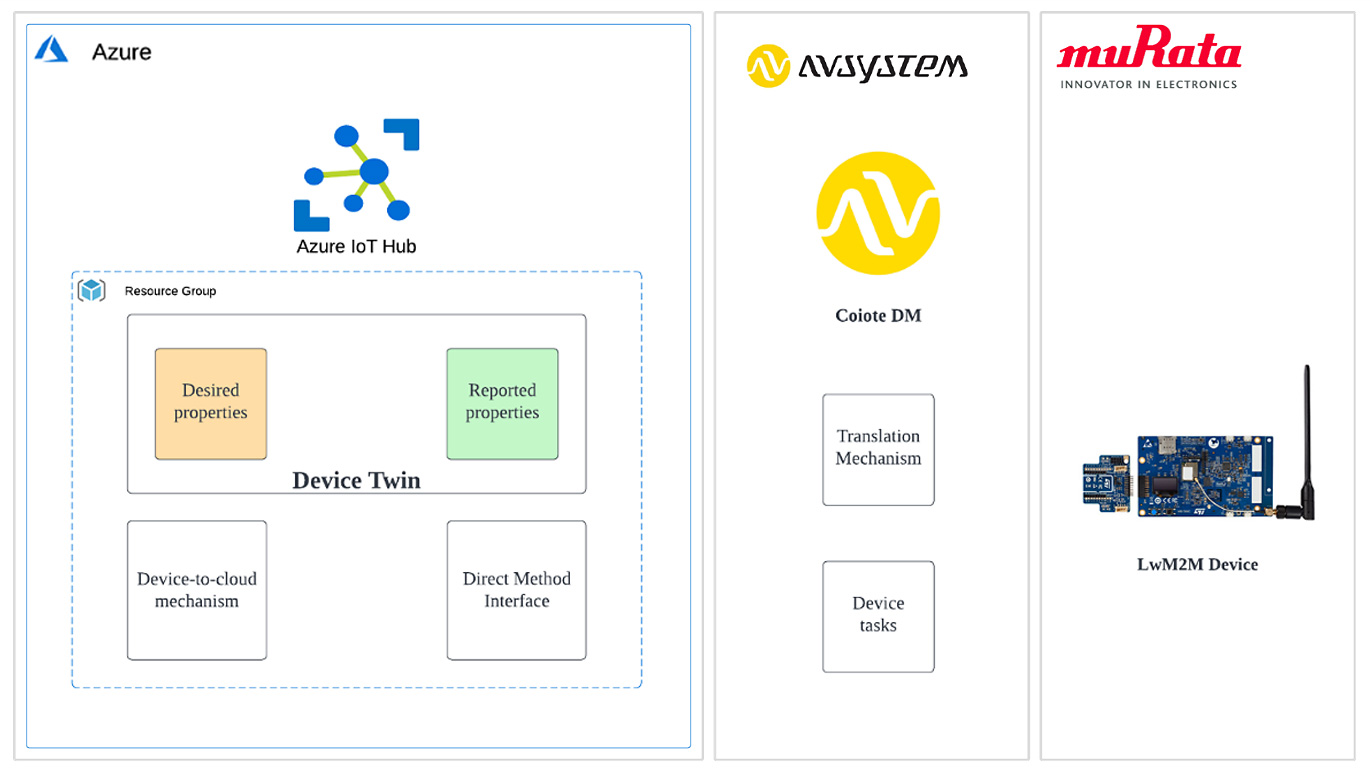
To integrate with Azure IoT Central:
- For Azure IoT Central integration, please follow the instructions in this guide
 .
.
4. Over-the-air-update
The I-CUBE-Anjay LwM2M Client SDK (I-CUBE-Anjay) allows user to perform application software over-the-air-update by leveraging ST X-CUBE-SBSFU function embedded in the SDK.
Please follow the instructions in this GitHub repository to try the OTA demo.
Process for Type 1SE:
Use the X-CUBE-SBSFU to download a new image from the LwM2M server into the 1MB on-board Serial Flash in 1SE module, then install the new image into the internal STM32L462 MCU 512KB Flash.
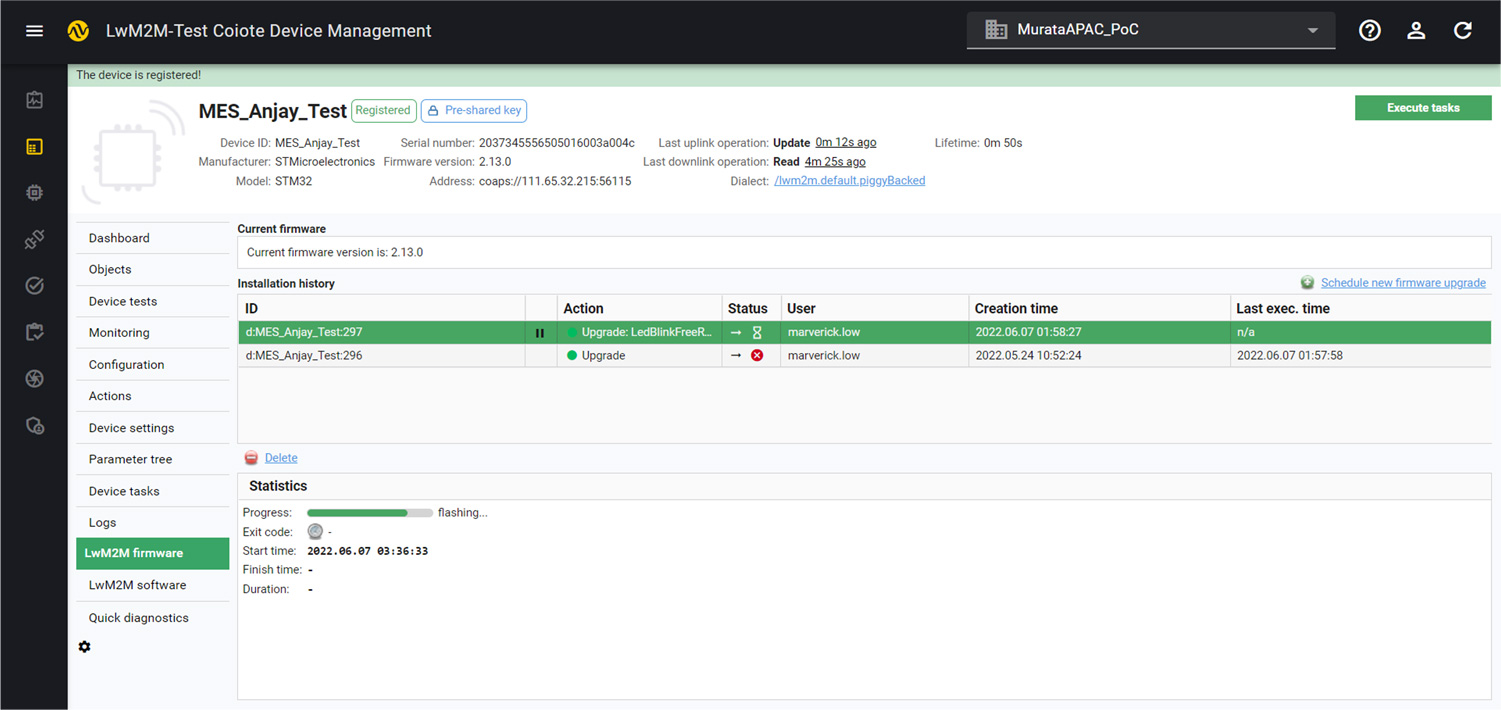
Steps:
- Developer edits source code or FW using IDE
- Developer builds file in IDE
- Developer uploads new file (.sbf) to CoioteDM
- CoioteDM pushes new FW file to device using COAP protocol
- Device will erase external flash and download new file into flash memory
- Device will install and then reboot (software reset) on its own
- Device re-connects to CoioteDM
-
To learn more:
ST website
AVSystem website
-
To contact ST or AVSystem:
ST web enquiry
AVSystem web enquiry
All About Murata C-IoT Products and Solutions
Contact
Please make inquiries about our solutions introduced here using the contact form below.
Solution Technologies
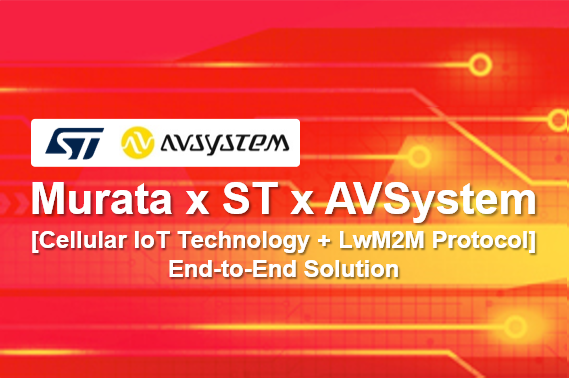
End-to-End cellular IoT solution from Murata × ST × AVSystem
Leveraging on Murata’s LTE Cat-M1 and NB-IoT modules; STMicro's X-CUBE-CELLULAR SDK; and AVSystem's Anjay L2M2M Client SDK and Coiote IoT Device Management (DM) Platform, this end-to-end solution enables effortless and secure connection for your smart IoT devices.

Connectivity Solutions For NVIDIA🄬 JETSON™
Murata provides wireless connectivity solution to realize easy integration for NVDIA🄬 JETSON™ Nvidia's strong AI platform and Murata's wireless solution offer easy solution to achieve time to market.
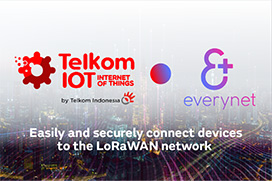
Murata’s certified module on Everynet LoRaWAN® network operated by Telkom Indonesia change the dynamics of Industrial Revolution 4.0 to enable millions of connected IoT devices
Murata provides designers with a turn-key LoRaWAN® connectivity module solution to simplify and accelerate their IoT products development together with Everynet, a global leading LoRaWAN® network operator and Telkom Indonesia, the largest telecommunication and network provider in Indonesia, to enable the deployment of secure end-to-end solutions to address multiple applications in the smart cities, utilities, logistics and tracking, agriculture and many others.

Wi-Fi ® sensing for child presence detection(CPD)
Wi-Fi sensing can accurately detect breathing and motion anywhere inside the car without blind spots. Wi-Fi sensing can be freely located in contrast to cameras.

